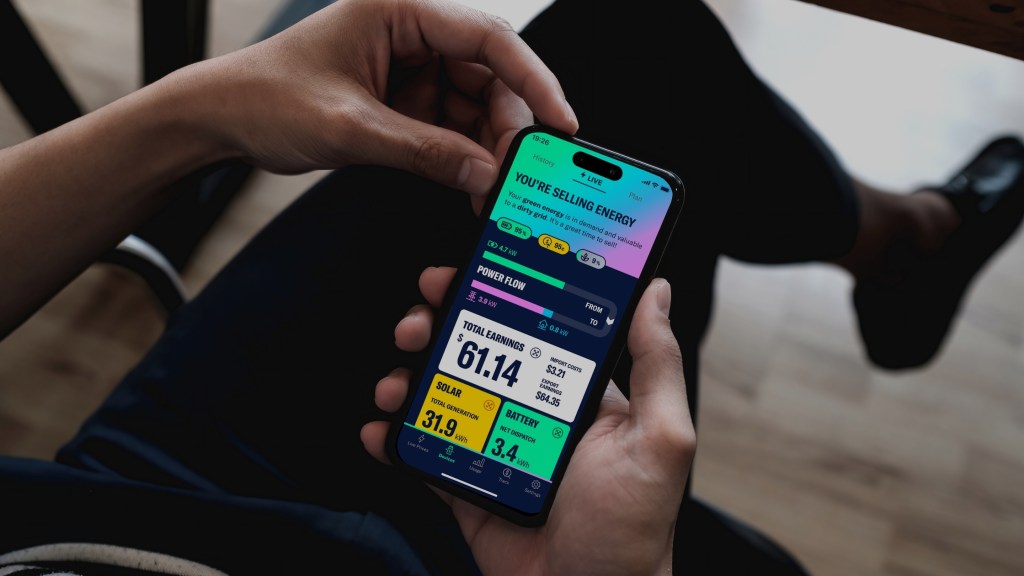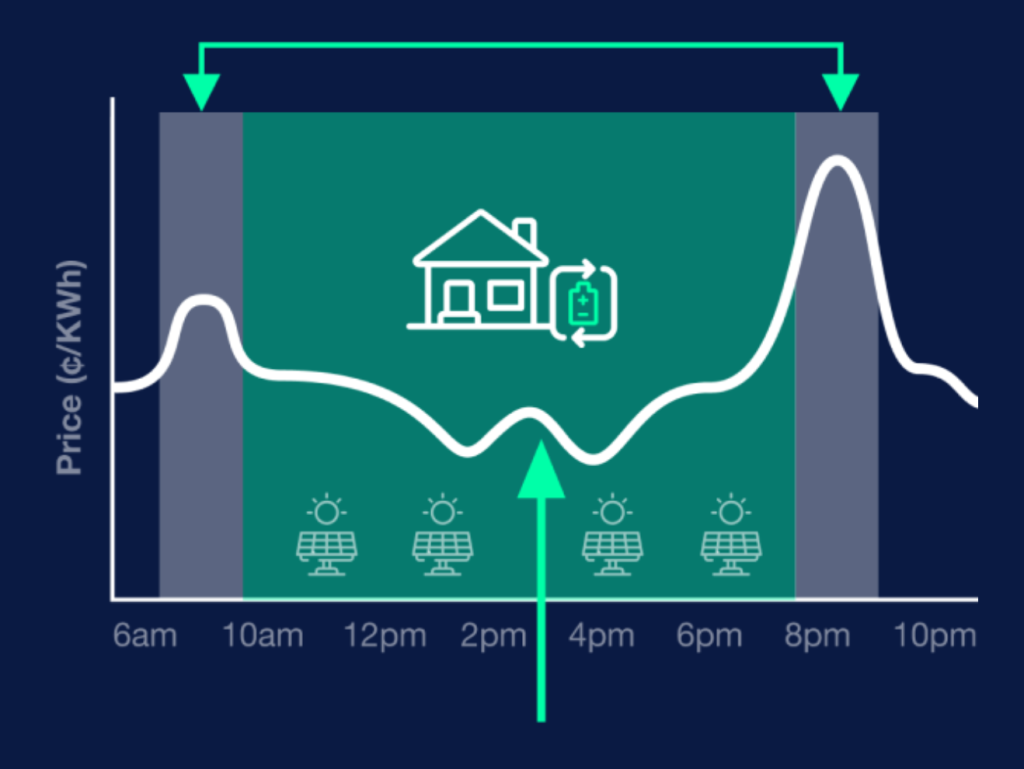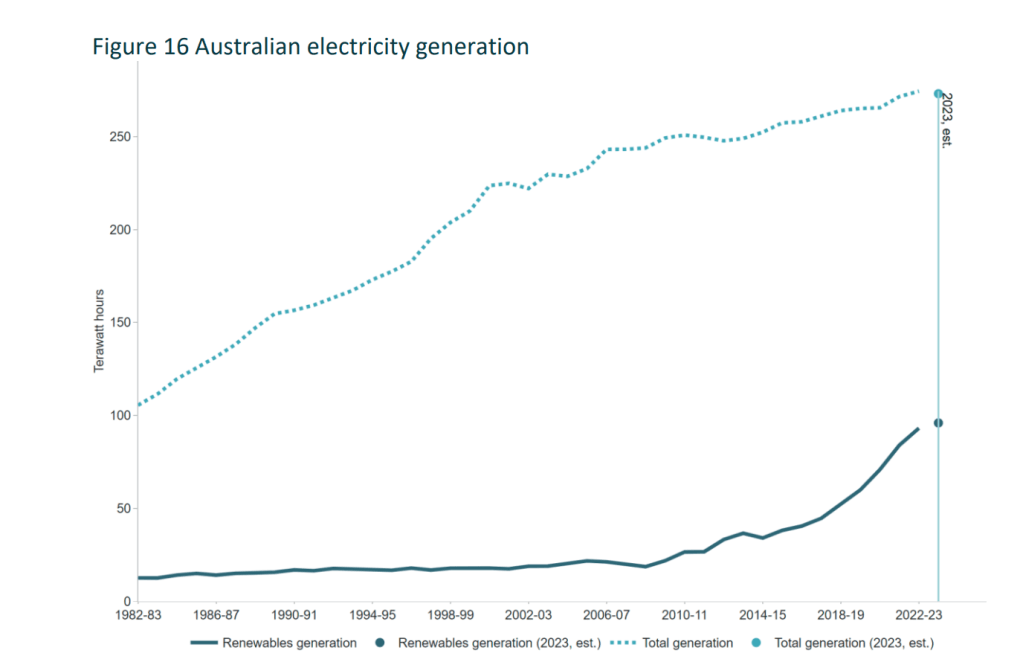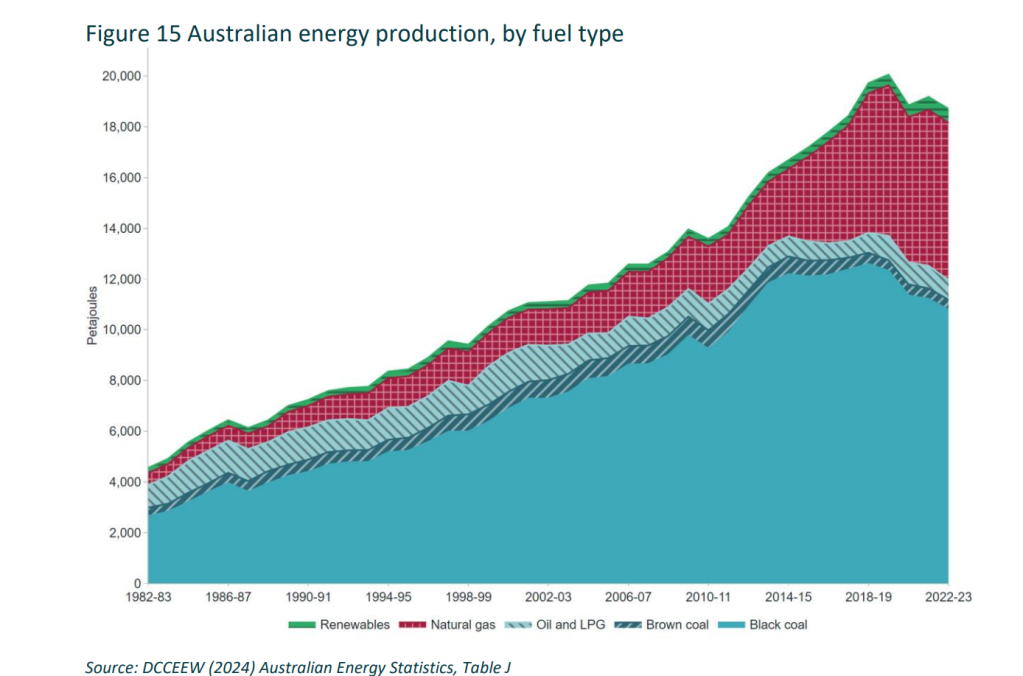Australia’s largest residential battery automation product already captures 40% of the growing domestic market. Amber is also looking to provide wholesale energy pricing efficiency in the UK and Europe.

Eight years ago, Aussie surf mates Chris Thompson and Dan Adams were travelling through Ecuador, deep in discussions about the frustrations of the Australian energy market. Procuring renewable energy was beginning to boom, but Australians were not able to efficiently sell the excess energy stored in their home batteries.
“The big realisation was that if you gave people access to wholesale pricing, and the automation to respond to it, you could turn everyday households into a driving force for the energy transition,” Adams tells Forbes Australia.
Adams was a business development manager at Tesla in Melbourne at the time. Thompson, a University of Melbourne law degree graduate, was managing director of the Iranian online shopping platform, Bamilo.
While in Ecuador, 30-year-old Adams and 28-year-old Thompson wrote the business plan for what ultimately became Amber.
“We developed the idea together on the beach,” says Adams. “We had the time and space to really think deeply about where the world was heading and the right business model to enable households to accelerate the transition to renewables.”

The two men met in 2013 while working at the Boston Consulting Group in Collins Street, Melbourne. Adams’s work at BCG focused on advising utilities in Australia and the US on the energy transition. Thompson was oriented toward consumer and technology. They bonded over approaching the transition to renewables in an innovative way.
“On the weekends, we used to drive to the surf and talk about how broken the energy system was, and what it would take to fix it,” Adams says.
Building a wholesale energy solution
The two professionals pooled their intellectual capital and experiences advising other companies into developing a hypothetical solution to the renewable energy conundrum.
“The traditional utilities didn’t have the tech capability or customer-first mindset to build these products and faced a major incumbent’s dilemma of not wanting to disrupt their traditional generation assets,” says Adams. “We needed to start a new energy company that flipped the business model, to sell customers the technology and put them in control.”
The name Amber was chosen because of its roots in ancient Greece.
“Chris wanted to call the new business Amber because the Greek word ‘elektron’ which means ‘amber’ is the root of the word ‘electricity,'” says Adams. “The ancient Greeks observed that when amber was rubbed with a cloth, it would generate static electricity.”

Eight years after that Ecuadorian surf and business-model-development trip, Thompson and Adams are co-CEOs and support more than 40,000 customers to manage and optimise their energy use. They operate the largest virtual power plant in Australia and are developing the country’s first residential electric vehicle-to-grid technology.
The co-founders have just closed on a $45 million series D fundraise. The round was led by UK-based ETF Partners (The Environmental Technologies Fund), and included investment from Australian VC Square Peg led by Paul Bassat as well as Gentrack, Rubio Impact Ventures, and Breakthrough Victoria.
Amber is now looking to further expand its technology into global markets, and tap into the accelerating opportunity for renewables in Australia.
“At its core, Amber gives households access to real-time wholesale energy prices and the technology to automate their home batteries and EVs, to charge when cheap renewables are available and to discharge when prices are spiking in the grid,” says Adams.
Effectively, the platform that the Amber team has built enables household customers to efficiently sell renewable energy that is not needed. The cost of an Amber subscription is $22 a month, or $384 a year. The value to users can be more than $1000 a year, Adams says.
“For a long time, this value was only accessible to big energy players. We’ve built the technology to put that power in the hands of everyday Australians – making it simple, automatic, and genuinely rewarding to be part of the energy transition,” says Adams.
The July 1 battery subsidy
This week’s $45m series D investment comes at a time when the renewable energy domestic market is also getting a boost, courtesy of Australia’s recently reinstated Labor federal government.
Prime Minister Albanese’s Cheaper Home Batteries Program election promise will come into effect on July 1.
Under it, the federal government plans to provide a 30 per cent subsidy on one million new home batteries over the next five years. The cost of the program is $2.3 billion, and it is an extension of the 2011 Small-scale Renewable Energy Scheme that has driven the growth and adoption of residential solar systems in Australia.
“Through our scheme, households will be able to purchase a typical battery with a 30 per cent discount on installed costs – saving around $4000 on a typical battery,” PM Albanese and Minister for Climate Change and Energy Chris Bowen said in April.
“There have been four million rooftop solar installations across Australia. One in three Australian households now have solar – but only one in forty households have a battery,” Albanese and Bowen state.


More storage of renewable energy in Australian residences provides a bigger customer pool for Amber. The company doesn’t sell batteries and solar directly, but offers a subscription service that enables those with renewable energy battery systems to the consistently fluctuating wholesale price of energy.
“We’re excited to help more households tap into smarter energy – putting them in control, bringing costs down, and accelerating the shift to renewables,” says Adams.
Going global
Customers in the UK can now utilise the technology, too.
“Chris is currently working from the UK as we deepen our partnerships with E.ON, one of the UK’s largest utilities, and Ecotricity, a green energy retailer committed to driving environmental change,” says Adams.
The UK is a gateway to other European markets, Adams says.
“We’ve proven the model in the world’s most advanced two-way energy grids. Now we’re applying those lessons in Europe, where momentum is building for more decentralised, customer-led energy systems,” says Adams.
Amber is looking to New Zealand-founded energy firm Gentrack to aid its international expansion via licensing deals. Gentrack has a presence in the UK, India, Australia, NZ, Singapore, and Saudi Arabia. It contributed $4.5 million to the series D raise, on top of the $12 million it committed to Amber’s Series C in 2024.
Gentrack CEO Gary Miles calls Australia the wild west for energy transformation.
“Amber is a standout example of the new wave of energy retailers reshaping the future of green energy in Australia. What’s particularly exciting is the traction their technology is now getting across Europe—with new wins and a strong pipeline, it’s clear their model has global relevance,” says Miles.
The framework and platform that Amber has built in Australia puts it in an ideal position to scale into other regions.
“As more countries shift to decentralised, renewable energy, we’re excited to bring Amber’s model to the world stage – helping to build smarter energy systems everywhere,” says Adams.
Look back on the week that was with hand-picked articles from Australia and around the world. Sign up to the Forbes Australia newsletter here or become a member here.

